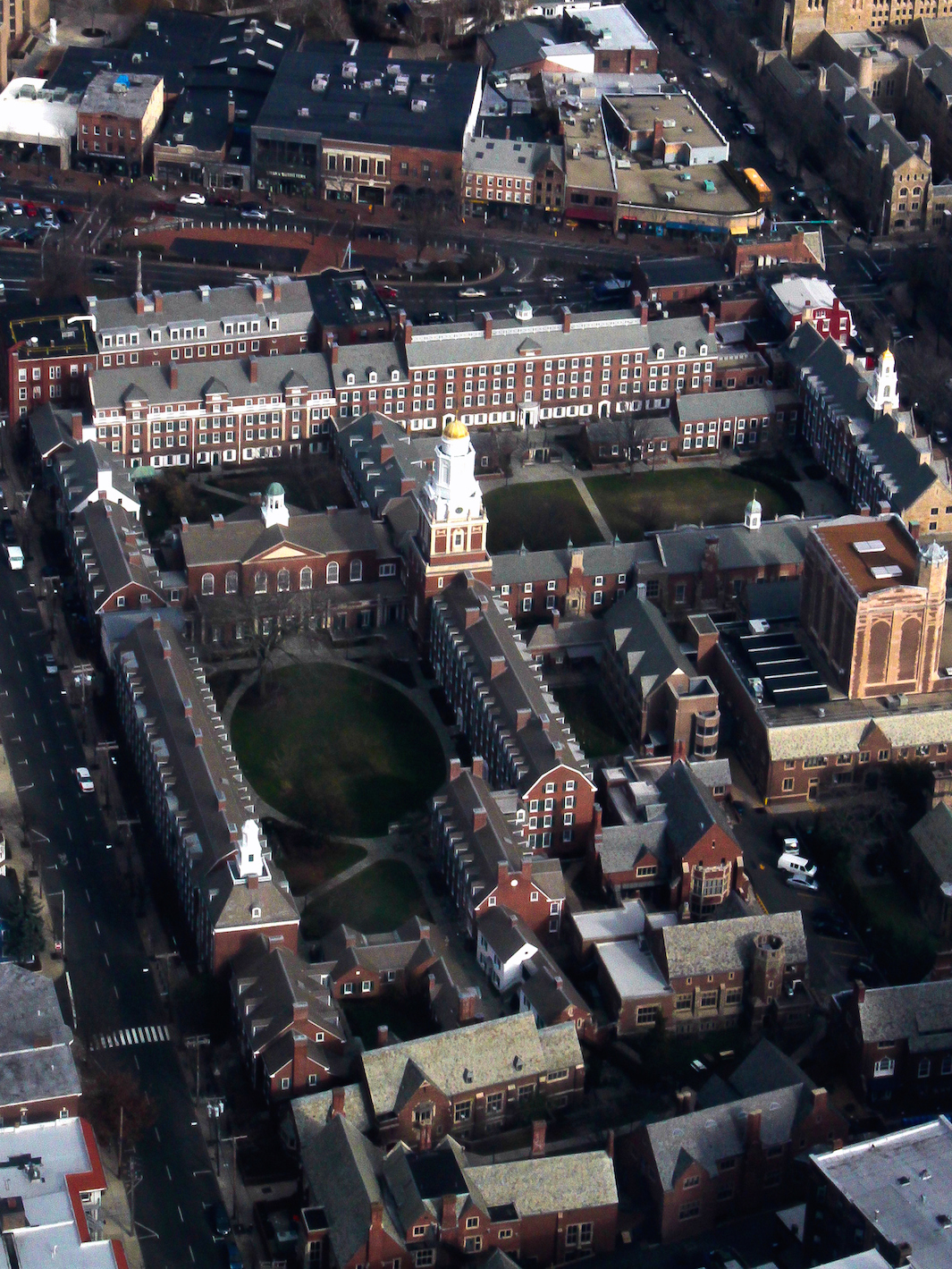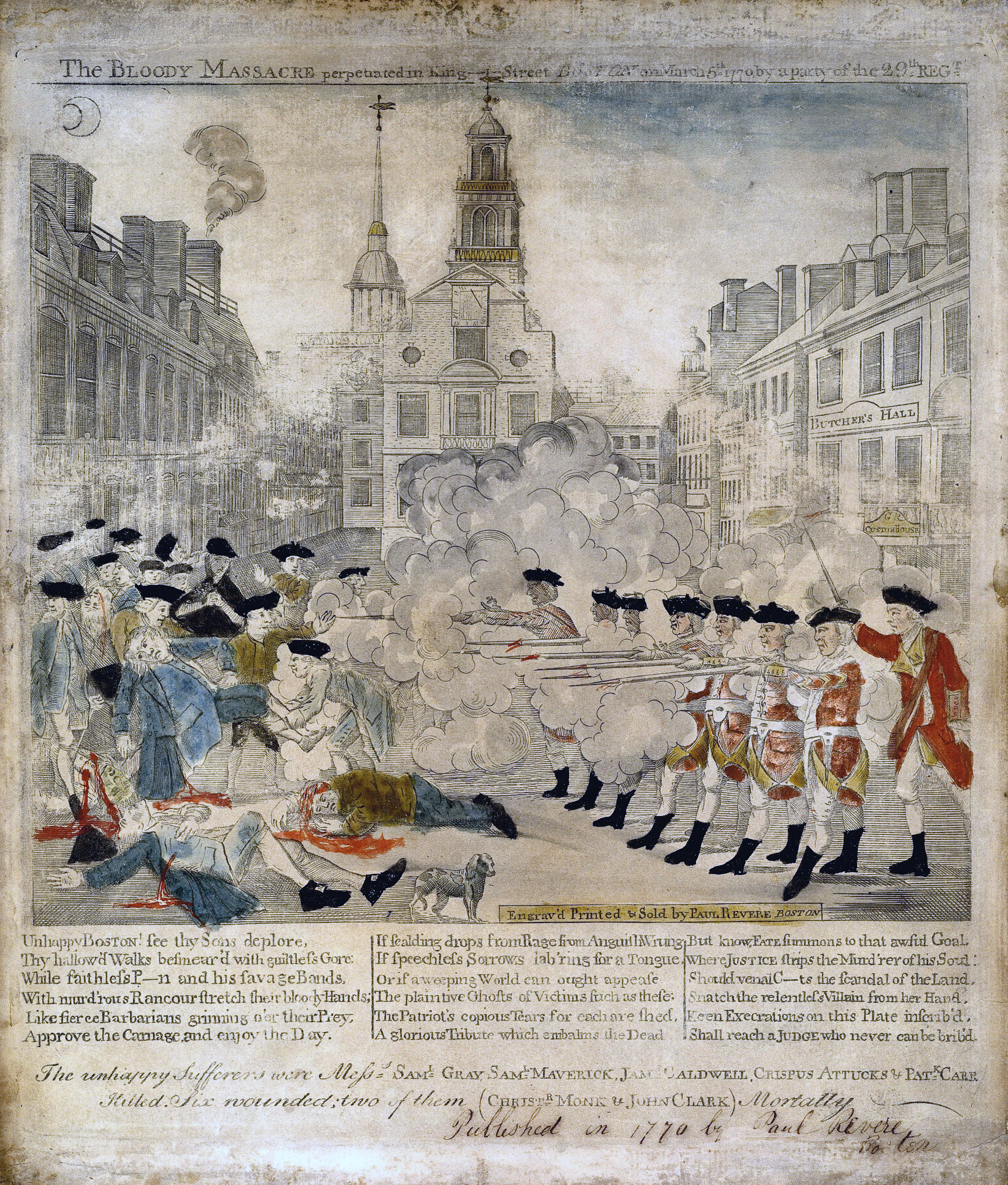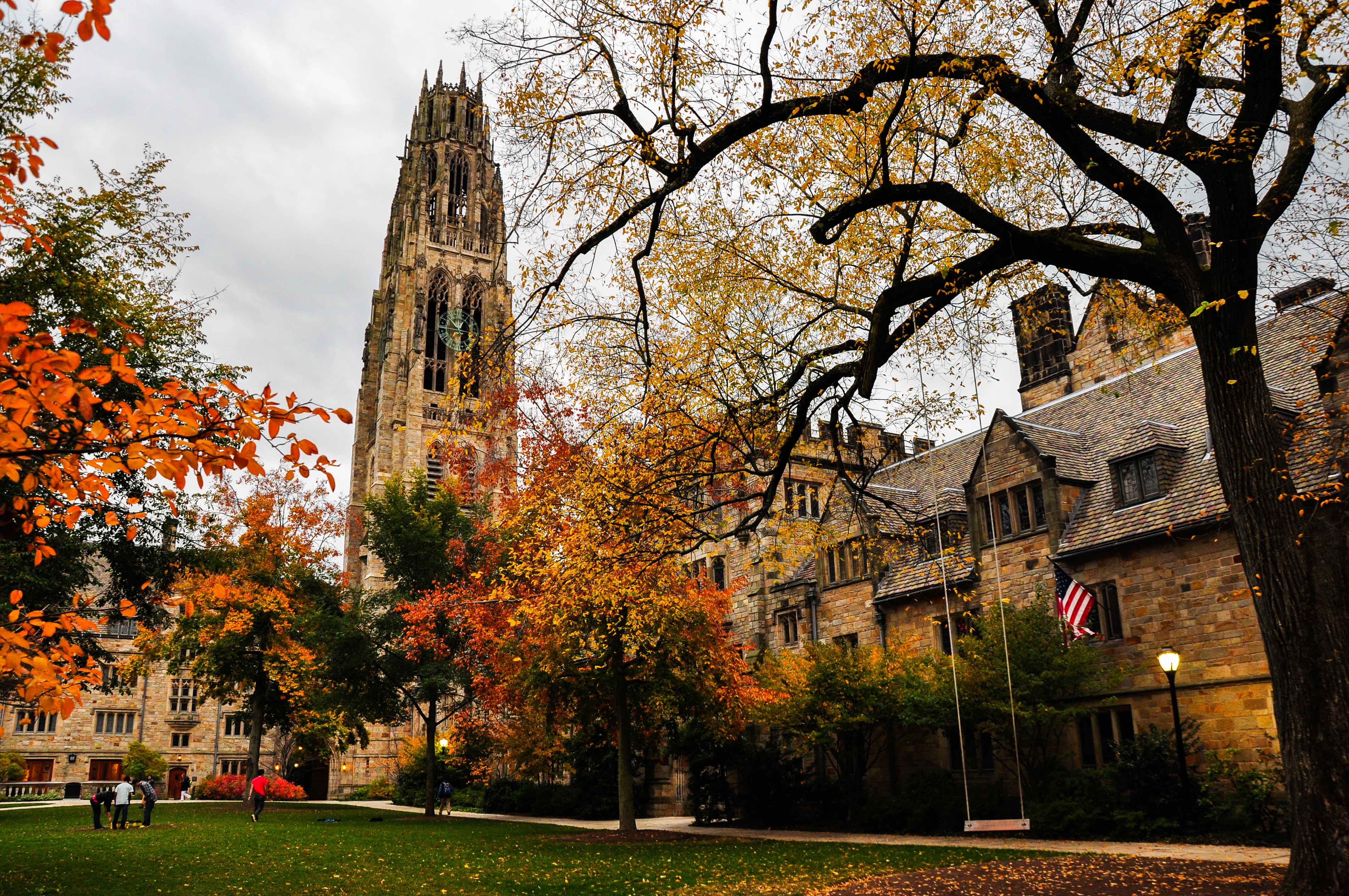|
Davenport College
Davenport College (colloquially referred to as D'port) is one of the fourteen residential colleges of Yale University. Its buildings were completed in 1933 mainly in the Georgian style but with a gothic façade along York Street. The college was named for John Davenport, who founded Yale's home city of New Haven, Connecticut. An extensive renovation of the college's buildings occurred during the 2004–2005 academic year as part of Yale's comprehensive building renovation project. Davenport College has an unofficial rivalry with adjoining Pierson College. Namesake John Davenport was born in 1597 to draper and Mayor of Coventry Henry Davenport and Winifred Barnaby. He attended Oxford University for three years starting in 1613 before leaving without a degree. He returned to Oxford to finish his MA and Bachelor of Divinity after serving as the chaplain of Hilton Castle and vicar of St. Stephen's Church in London. In 1633 he resigned from the Church of England after several ... [...More Info...] [...Related Items...] OR: [Wikipedia] [Google] [Baidu] |
Residential Colleges Of Yale University
Yale University has a system of fourteen residential colleges with which all Yale undergraduate students and many faculty are affiliated. Inaugurated in 1933, the college system is considered the defining feature of undergraduate life in Yale College, and the residential colleges serve as the residence halls and social hubs for most undergraduates. Construction and programming for eight of the original ten colleges were funded by educational philanthropist Edward S. Harkness. Yale was, along with Harvard, one of the first universities in the United States to establish a residential college system. Though their organizational and architectural features are modeled after the autonomous, constituent colleges of the universities of Oxford and Cambridge, they are dependent colleges of the university with limited self-governance. Each college is led by a Head of College (formerly known as a Master) who is usually a tenured professor, and a Dean in charge of student affairs and residenti ... [...More Info...] [...Related Items...] OR: [Wikipedia] [Google] [Baidu] |
Theophilus Eaton
Theophilus Eaton (January 7, 1658) was a wealthy New England Puritan merchant, first Governor of New Haven Colony, Connecticut, co founder of that same colony and co founder of the Massachusetts Bay Colony. His brother, Nathaniel Eaton, was the first Head of Harvard. Early life and first marriage He was born at Stony Stratford, Buckinghamshire, England about 1590, to Rev. Richard Eaton and his wife, Elizabeth. His father may have been the curate at that time, but later became Vicar of Great Budworth, Cheshire. Theophilus married Grace Hiller, and had at least a daughter (Mary), and a son (Samuel) before her death (some authorities think that he also had a son by the name of James). Second marriage and children In 1625 he remarried, this time to a widow, Anne Yale, who was the daughter of George Lloyd, the Bishop of Chester (some authorities say Anne Morton, the daughter of Bishop Thomas Morton of Chester). The couple had three children (Theophilus, Hannah, and Eli ... [...More Info...] [...Related Items...] OR: [Wikipedia] [Google] [Baidu] |
Yale (mythical Creature)
The Yale or Centicore (Latin: ''Eale'') is a mythical beast found in European mythology and heraldry. Description The Yale is described as an antelope- or goat-like creature with the tusks of a boar and large horns. These horns possess the ability to swivel in any direction which makes them good for both offensive and defensive attacks. The name Yale is believed to be derived from the Hebrew word יָעֵל (Y''ael''), meaning "ibex". Other common names this creature parades under is "Eales" or "Centicores". The Yale was first written about by Pliny the Elder in Book VIII of his '' Natural History''. He describes the ''Eale'' as a creature found in Aethiopia: "it is the size of the river-horse, has the tail of the elephant, and is of a black or tawny colour. It has also the jaws of the wild boar, and horns that are moveable, and more than a cubit in length, so that, in fighting, it can employ them alternately, and vary their position by presenting them directly or obliquely, ... [...More Info...] [...Related Items...] OR: [Wikipedia] [Google] [Baidu] |
Old State House (Boston)
The Old State House is a historic building in Boston, Massachusetts. Built in 1713, it was the seat of the Massachusetts General Court until 1798. It is located at the intersection of Washington and State streets, and is one of the oldest public buildings in the United States. One of the landmarks on Boston's Freedom Trail, it is the oldest surviving public building in Boston, and now serves as a history museum that, through 2019, was operated by the Bostonian Society. On January 1, 2020, the Bostonian Society merged with the Old South Association in Boston to form Revolutionary Spaces. The Old State House was designated a National Historic Landmark in 1960 and a Boston Landmark by the Boston Landmarks Commission in 1994. History The Massachusetts Town House: seat of colony government 1713–1776 The previous building, the wooden Town House of 1657, had burned in the fire of 1711.Walter Muir Whitehill. ''Boston: a topographical history''. Today's brick Old State House was buil ... [...More Info...] [...Related Items...] OR: [Wikipedia] [Google] [Baidu] |
Yale Daily News
The ''Yale Daily News'' is an independent student newspaper published by Yale University students in New Haven, Connecticut since January 28, 1878. It is the oldest college daily newspaper in the United States. The ''Yale Daily News'' has consistently been ranked among the top college daily newspapers in the country. History and description Financially and editorially independent of Yale University since its founding, the paper is published by a student editorial and business staff five days a week, Monday through Friday, during Yale's academic year. Called the ''YDN'' (or sometimes the ''News'', the ''Daily News'', or the ''Daily Yalie''), the paper is produced in the Briton Hadden Memorial Building at 202 York Street in New Haven and printed off-site at Turley Publications in Palmer, Massachusetts. The newspaper's first editors wrote: "The innovation which we begin by this morning's issue is justified by the dullness of the times, and the demand for news among us." Each day ... [...More Info...] [...Related Items...] OR: [Wikipedia] [Google] [Baidu] |
Jonathan Edwards College
Jonathan Edwards College (informally JE) is a residential college at Yale University. It is named for theologian and minister Jonathan Edwards, a 1720 graduate of Yale College. JE's residential quadrangle was the first to be completed in Yale's residential college system, and was opened to undergraduates in 1933. Among James Gamble Rogers' original eight residential colleges, it is distinct in incorporating pre-existing buildings. Since its renovation in 2008, college houses 212 students and several faculty fellows, and has approximately 425 affiliated students and 250 affiliated fellows. History In 1930, Yale President James Rowland Angell announced a "Quadrangle Plan" for Yale College, establishing small collegiate communities in the style of Oxford and Cambridge in order to foster more social intimacy among students and faculty, relieve dormitory overcrowding, and reduce the influence of on-campus fraternities and societies. Professor Robert Dudley French was one of the ... [...More Info...] [...Related Items...] OR: [Wikipedia] [Google] [Baidu] |
Saybrook College
Saybrook College is one of the 14 residential colleges at Yale University. It was founded in 1933 by partitioning the Memorial Quadrangle into two parts: Saybrook and Branford. Unlike many of Yale's residential colleges that are centered on one large courtyard, Saybrook has two courtyards—one stone and one grass, hence the college cheer beginning "Two courtyards, stone and grass: two courtyards kick your ass." Saybrook College was one of the original Yale Residential Colleges. Its name comes from the original location of the university, Old Saybrook, Connecticut. The college has the second highest student-to-land-area ratio of any of the colleges (after Hopper College). Saybrook students are known on campus for "the Saybrook Strip", a ritual performed during football games at the end of the third quarter. Both male and female college residents strip down to their underwear (some seniors remove all their clothing during The Game) to accompaniment by the Yale Precision Marchi ... [...More Info...] [...Related Items...] OR: [Wikipedia] [Google] [Baidu] |
Branford College
Branford College is one of the 14 residential colleges at Yale University. Founding Branford College was founded in 1933 by partitioning the Memorial Quadrangle (built in 1917-21) into two parts: Saybrook and Branford. According to Robert Frost, it is "the oldest and most beautiful" of the Yale residential colleges, though it shares a building and was founded simultaneously with Saybrook. In the start of the academic year in 1933, Branford College opened its doors. Clarence Whittlesey Mendell, Dean of Yale College, had been named Master in 1931 and he held the post until 1943. What impressed quite a few visitors to Branford was the calm and subdued character of the College. Chauncey Tinker commented that Saybrook was like an anthill, but Branford was like an oyster bed. In records of the time, the main thing that stands out about Branford is the activity among its students, and of encouragement of activity on the part of Master Mendell, who commented that oyster beds produce pea ... [...More Info...] [...Related Items...] OR: [Wikipedia] [Google] [Baidu] |
James Gamble Rogers
James Gamble Rogers (March 3, 1867 – October 1, 1947) was an American architect. A proponent of what came to be known as Collegiate Gothic architecture, he is best known for his academic commissions at Yale University, Columbia University, Northwestern University, and elsewhere. Biography Rogers was born in Bryan Station, Kentucky, on March 3, 1867, to James M. and Katharine Gamble Rogers. Rogers attended Yale University, where he contributed to ''The Yale Record'' and was a member of the senior society Scroll and Key, whose membership included several other notable architects. He received his B.A. in 1889, and is responsible for many of the gothic revival structures at Yale University built in the 1910s through the mid-1930s, as well as the university's master plan in 1924. He designed for other universities as well, such as the Butler Library at Columbia University, many of the original buildings at the Columbia-Presbyterian Medical Center (now the NewYork-Presbyte ... [...More Info...] [...Related Items...] OR: [Wikipedia] [Google] [Baidu] |
Apoplexy
Apoplexy () is rupture of an internal organ and the accompanying symptoms. The term formerly referred to what is now called a stroke. Nowadays, health care professionals do not use the term, but instead specify the anatomic location of the bleeding, such as cerebral, ovarian or pituitary. Informally or metaphorically, the term ''apoplexy'' is associated with being furious, especially as "apoplectic". Historical meaning From the late 14th to the late 19th century,''OED Online'', 2010, Oxford University Press. 7 February 2011 ''apoplexy'' referred to any sudden death that began with a sudden loss of consciousness, especially one in which the victim died within a matter of seconds after losing consciousness. The word ''apoplexy'' was sometimes used to refer to the symptom of sudden loss of consciousness immediately preceding death. Ruptured aortic aneurysms, and even heart attacks and strokes were referred to as apoplexy in the past, because before the advent of medical science, the ... [...More Info...] [...Related Items...] OR: [Wikipedia] [Google] [Baidu] |
First Church In Boston
First Church in Boston is a Unitarian Universalist Church (originally Congregationalist) founded in 1630 by John Winthrop's original Puritan settlement in Boston, Massachusetts. The current building, located on 66 Marlborough Street in the Back Bay neighborhood, was designed by Paul Rudolph in a modernist style after a fire in 1968. It incorporates part of the earlier gothic revival building designed by William Robert Ware and Henry Van Brunt in 1867. The church has long been associated with Harvard University. History The church congregation was established in 1630, when the settlers on the ''Arbella'' arrived at the site of present-day Charlestown, Massachusetts. John Wilson was the first minister, and the only minister while the church was in Charlestown. Two years later they constructed a meeting house across the Charles River near what is now State Street in Boston, and Wilson was officially installed as minister there. In 1633 John Cotton arrived from England, and w ... [...More Info...] [...Related Items...] OR: [Wikipedia] [Google] [Baidu] |


.jpg)


.jpg)

